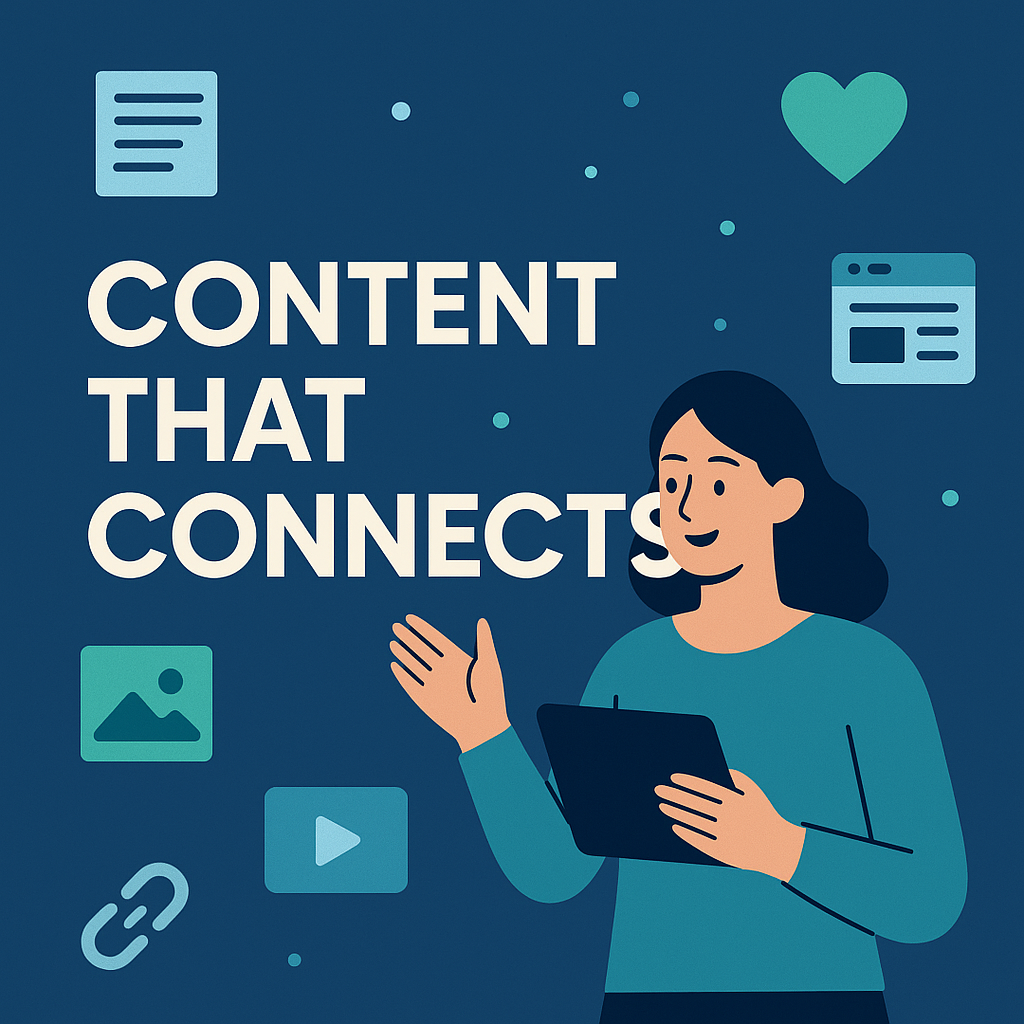In a content-driven digital world, it’s easier than ever to copy, paste, and share. But what happens when the content you use isn’t yours to begin with? Whether it’s an image from Google, a quote from an article, or a video clip in your marketing reel, using copyrighted content without permission can lead to serious consequences — even if your intentions were innocent.
What Is Considered Copyrighted Content?
Copyright protects original works of authorship — including text, music, artwork, videos, software, photos, and even presentations — as soon as they’re created.
Examples include:
- A blog post or article, even if it’s not formally registered
- Photos or illustrations found online
- YouTube videos, podcasts, and animations
- Academic research, reports, and even PowerPoint slides
If you didn’t create it, and it isn’t in the public domain or clearly marked with a reuse license (like Creative Commons), it’s likely copyrighted.
Potential Consequences of Using Copyrighted Content Without Permission
Using copyrighted materials without authorization can lead to several types of consequences — some more severe than others. Here’s what could happen:
⚖️ Legal Repercussions
Even a small infringement can result in:
1. Cease and desist letters from the content owner or their lawyer
2. DMCA takedown notices that force you to remove content
3. Civil lawsuits where you could owe:
- Statutory damages: Up to $150,000 per work (in the U.S.)
- Actual damages: Based on lost profits
4. Injunctions: Court orders to stop distribution or use
In 2024, several content creators sued startups for using their illustrations in AI training datasets — a reminder that digital content is not “free to use” by default.
💸 Financial Risks
Even if you’re not sued, infringement can still cost you:
- Legal fees (even to respond to claims)
- Penalties in licensing settlements
- Loss of platform monetization (YouTube, Instagram, etc.)
- Suspension of ad accounts (Google Ads, Meta)
📉 Reputational Damage
Plagiarism or infringement can severely impact your credibility, especially if you’re:
- An educator or academic
- A journalist or content marketer
- A business owner or thought leader
Getting called out for using stolen content can permanently damage trust with your audience, clients, or peers.
Common Scenarios Where Infringement Happens
Many users unknowingly cross legal boundaries. Some of the most frequent risky behaviors include:
- Using an image from a Google search without checking the license
- Embedding copyrighted music in a video
- Quoting a large portion of a blog without attribution
- Copying product descriptions from manufacturers
- Downloading course materials from another platform
Even unintentional use doesn’t exempt you from liability.
How to Legally Use Content You Didn’t Create
There are several legal ways to use content created by others — safely and ethically:
✅ 1. Get Explicit Permission
Request written consent from the creator or copyright holder. This is best for commercial projects or anything widely distributed.
✅ 2. Purchase a License
Stock sites (e.g., Shutterstock, Envato) offer paid content with clear terms of use. Always keep your license receipts.
✅ 3. Use Creative Commons Content
Platforms like Pexels, Unsplash, or Wikimedia Commons offer CC-licensed materials. Still, check attribution rules.
✅ 4. Rely on Fair Use (Cautiously)
Fair use may apply for commentary, criticism, or parody — but the lines are blurry. Use it only if you understand the risks and limits.
✅ 5. Create or Commission Original Work
The safest option — generate content yourself or hire professionals. This ensures full ownership and avoids legal gray areas.
Legal Options vs. Legal Risks
| Approach | Is It Safe? | Notes |
|---|---|---|
| Using Google Images | 🚫 No | Most are copyrighted unless labeled for reuse |
| Using CC-licensed images (with attribution) | ✅ Yes | Check exact license terms |
| Copying part of a blog | ⚠️ Risky | Needs permission or falls under fair use |
| Embedding YouTube videos | ✅ Usually | Allowed if using official embed features |
| Reposting music clips | 🚫 No | Likely to trigger copyright claims |
When in Doubt, Don’t Copy — Create
In 2025, content creation is easier than ever — but that doesn’t make copying safe or acceptable. Audiences and algorithms alike favor original, trustworthy material.
Using copyrighted content without permission isn’t just unethical — it can damage your reputation, derail your business, and cost you legally.
🎯 The best strategy? Invest in creating high-quality, original content that respects intellectual property. When you value the work of others, you build more value in your own.
